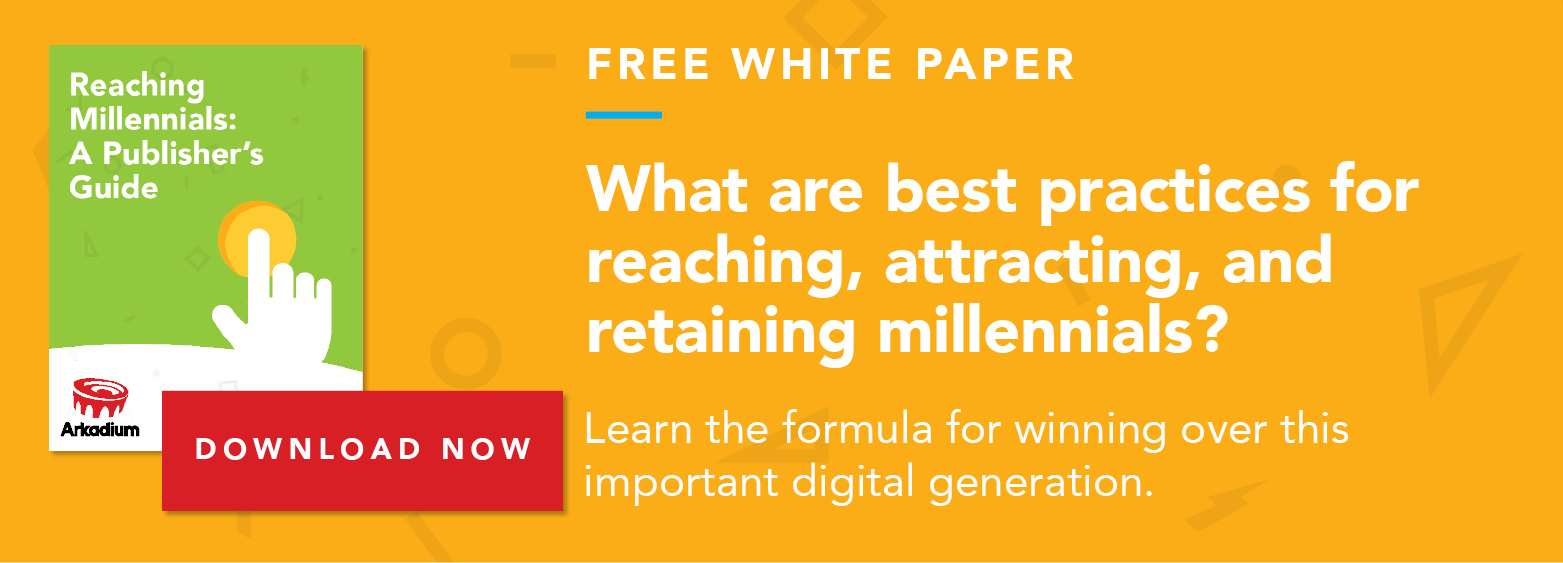Three Ways Artificial Intelligence Enhances Journalism

The use of AI in the newsroom initially panicked many traditional journalists, who worried that the accuracy and speed of AI would eventually phase out their jobs.
However, journalists quickly realized that working alongside machines only boosted their production capabilities.
According to Lou Ferrara, AP vice president and managing editor explained, “Automation was never about replacing jobs. It has always been about how we can best use the resources we have in a rapidly changing landscape and how we harness technology to run the best journalism company in the world.”1
He’s right; here are three ways AI is enhancing the newsroom.
Streamlining Workflows
In 2015, The New York Times Research and Development Lab launched a new project called Editor.2
Indeed, its goal is straightforward: simplify the reporting process.
Editor uses machine learning to identify and categorize parts of a story as it is being written. The program identifies people, places, organizations, and events, and understands the difference between them.3
By simplifying the research and fact checking process by gathering all coverage of a certain person or event in one place, the journalists’ reporting is significantly streamlined.4
Alexis Lloyd, director of the Times’ R&D lab, further explains the collaborative nature of Editor. “We’ve been thinking that the future of computational journalism and automation will—and should—be a collaborative one, where you have machines and people working together in a very conversational way.”5
Crunching Big Data
In addition to consolidating different types of information, AI technology empowers journalists to examine large quantities of data in a very short time.
For example, nearly 400 journalists from the International Consortium of Investigative Journalists spent two years manually sifting through approximately 2.6 terabytes of leaked emails, documents and databases — resulting in The Panama Papers.6
The ICIJ didn’t utilize any AI technology during the investigative process, but Matthew Caruana Galizia, the organization’s web applications developer, wishes they did.
“We were dealing with a vast amount of documents, and ICIJ just didn’t have the resources to investigate them all,” Galizia said. “But by using artificial intelligence, we would have been able to make that process much faster for all the journalists involved and end up with the same result.”7
Not only does AI help with cycling through large data sets, it also helps bring those data sets into visualizations via the emerging content medium, dynamic editorial.
Dynamic editorial technology uses AI and big data to generate interactive, responsive units, which enhance text-editorial at scale.
One publisher leading the way with this new medium is Sports Illustrated, which implemented InHabit (quick commercial: it’s our newest product) into its editorial, allowing the outlet to automatically generate contextual, data-driven interactive units.
Removing Grunt Work
The use of AI in the newsroom has also significantly reduced menial work.
For example, in 2013, an AP staff of 65 business reporters could write only 6 percent of earnings reports possible of America’s 5,300 publicly held companies.8
However, after the partnering with artificial intelligence company Automated Insights, AP’s AI system churned out 3,700 quarterly earnings stories by 2015.9
The automatic generation of these data-driven reports has allowed business reporters to write more in-depth stories relating to business trends.
“With the freed-up time, AP journalists are able to engage with more user generated content, develop multimedia reports, pursue investigative work and focus on more complex stories,” Lisa Gibbs, AP’s global business editor added.10
Rather than putting journalists out of business, AI enhances their role and empowers them to focus their energies on producing more in-depth and diverse news coverage.
1. Taibi, Catherine. “6 Months Later, AP’s Robot Journalism Is In Full Swing, And It’s Working.” The Huffington Post. TheHuffingtonPost.com, 30 Jan. 2015. Web. 18 Jan. 2017.
2. Harvey, Ellen. “How Publishers Are Using Machine Learning.” Publishing Executive. N.p., 22 July 2016. Web. 25 Apr. 2017.
3. IBID
4. “Automation in the Newsroom.” Nieman Reports Automation in the Newsroom Comments. N.p., n.d. Web. 26 Apr. 2017.
5. IBID
6. Marconi, Francesco, and Alex Siegman. THE FUTURE OF AUGMENTED JOURNALISM: A guide for newsrooms in the age of smart machines. N.p.: The Associated Press, n.d. PDF.
7. IBID
8. Ramaswamy, Satya. “How Companies Are Already Using AI.” Harvard Business Review. N.p., 14 Apr. 2017. Web. 25 Apr. 2017.
9. IBID
10. Marconi, Francesco, and Alex Siegman. THE FUTURE OF AUGMENTED JOURNALISM: A guide for newsrooms in the age of smart machines. N.p.: The Associated Press, n.d. PDF.


